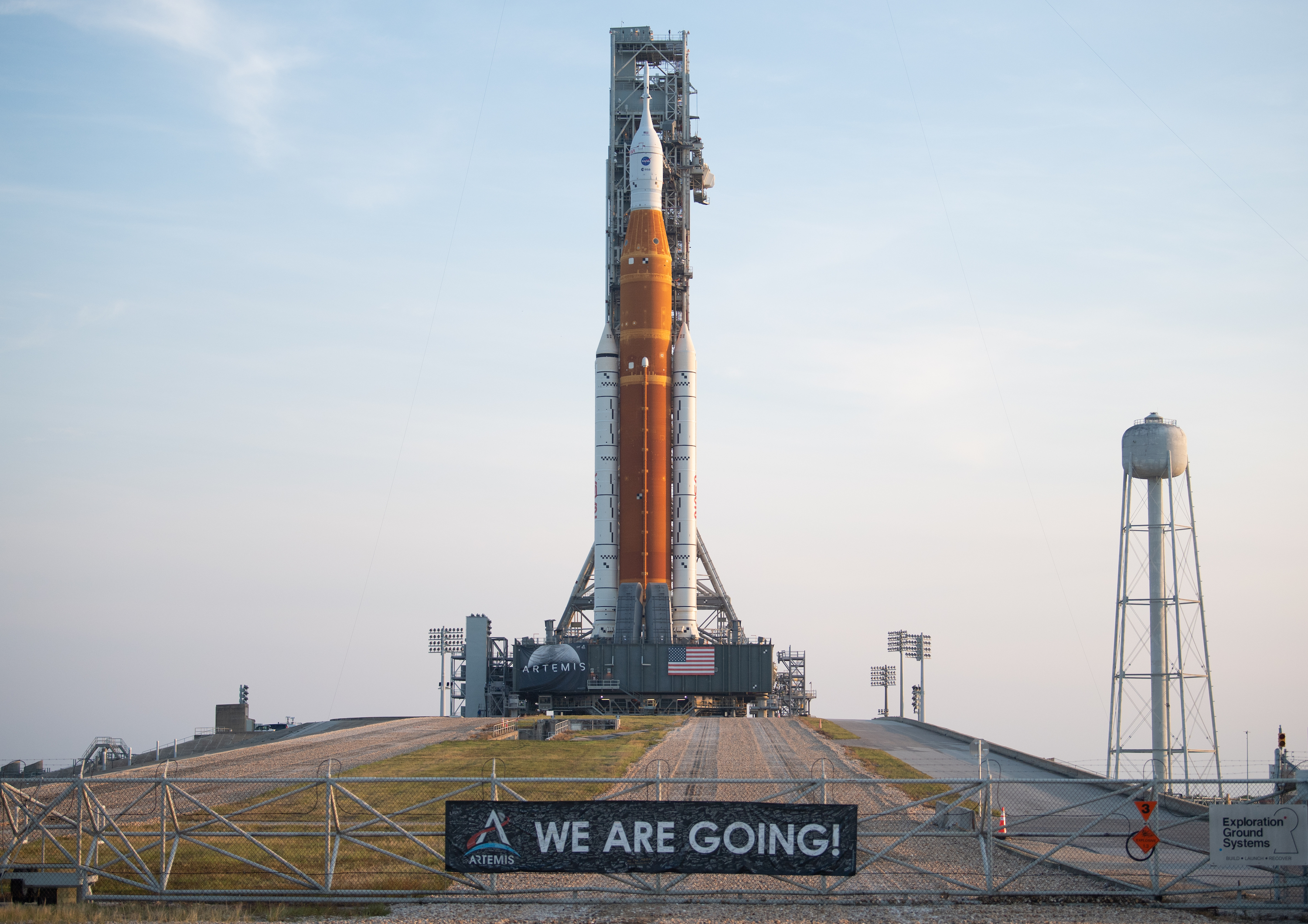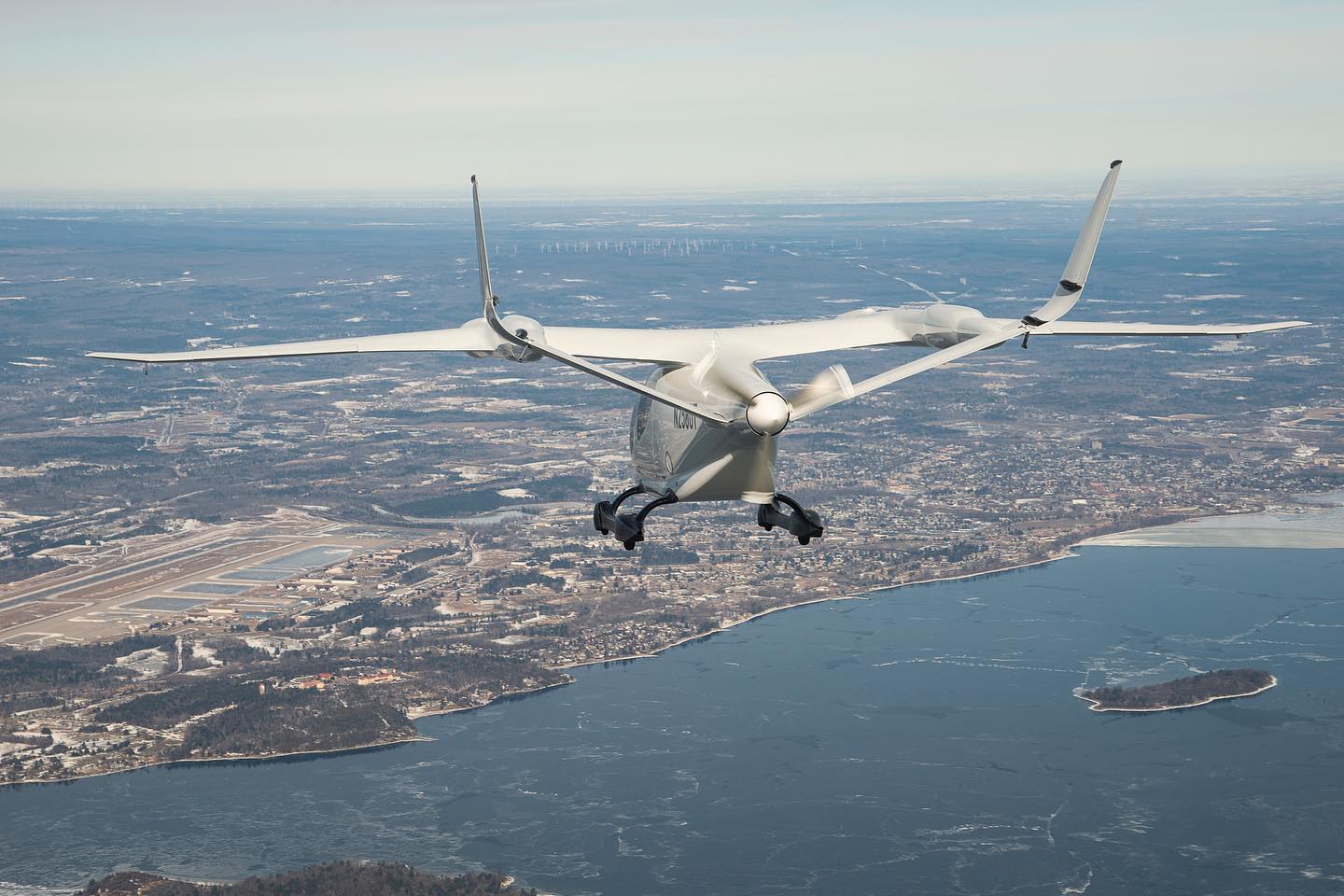‘Incandescently expensive’ SLS scrubs first attempt at lunar test flight
The Space Launch System, NASA’s largest-ever rocket for human spaceflight beyond Earth orbit, made an unsuccessful attempt to get the uncrewed Orion capsule and the Artemis 1 mission off the ground on August 29. The first launch window of the incredibly complex test flight was stymied by a bleed stage that wasn’t able to sufficiently cool the core stage’s number three RS-25 main engine aboard the new SLS rocket. That finicky main engine is repurposed for SLS and flew on six Space Shuttle flights going all the way back to December 2006. NASA will try again no earlier than September 2.
Subscribe to TACPerhaps one of SpaceX’s biggest contributions to a shift in the public expectation around space flight is that rockets are now reusable. Many news packages on SLS noted that the rocket isn’t reusable, once the norm in spaceflight that only shifted for the first time in 2015. For the single-use SLS, NASA’s RS-25s are now expendable motors.
READ MOREReassembled battery pack involved in minor fire at Beta Technologies
A fire involving a stored lithium battery pack at eVTOL developer Beta Technologies highlights some of the ancillary — but very real — risks associated with electric aircraft development.
Related: Batteries are a looming certification challenge for electric aviation hopefuls
Beta confirmed that early on the morning of Friday, August 26, the company had a fire in a single container across the parking lot from its research and development headquarters in South Burlington, Vermont. Beta said that within the container was a reassembled battery pack awaiting end of line testing. This pack had not completed testing and as a result was not approved for flight.
READ MOREToday’s airspace can handle eVTOLs — but not too many of them
A study conducted by NASA and Joby Aviation indicates that eVTOL aircraft will be able to launch initial, low-volume urban air mobility operations in U.S. airspace as it exists today. However, such operations will be difficult to scale without changes to air traffic management, especially around the busy airports that will be among their primary sources of passenger demand.
The research is the latest in a series of studies launched by NASA in partnership with Uber Elevate, which was acquired by Joby in December 2020. Using performance specifications for Joby’s four-passenger eVTOL aircraft, it analyzes five specific use cases in the Dallas metropolitan area, which Uber had identified as one of its Elevate launch cities before handing off its flying taxi project.
Related: The daunting economics of taking an air taxi to work
The use cases range from a simple flight across the northeast fringe of the metro area — which does not require the pilot to speak to air traffic control — to more complex missions into Dallas-Fort Worth International Airport and its surrounding Class B airspace. The researchers defined procedural steps for each use case and examined the implications for controller and pilot workload, traffic and wake separation, and more.
READ MORESubscribe to Continue Reading
Our award-winning aerospace reporting combines the highest standards of journalism with the level of technical detail and rigor expected by a sophisticated industry audience.
- Exclusive reporting and analysis on the strategy and technology of flying
- Full access to our archive of industry intelligence
- We respect your time; everything we publish earns your attention



